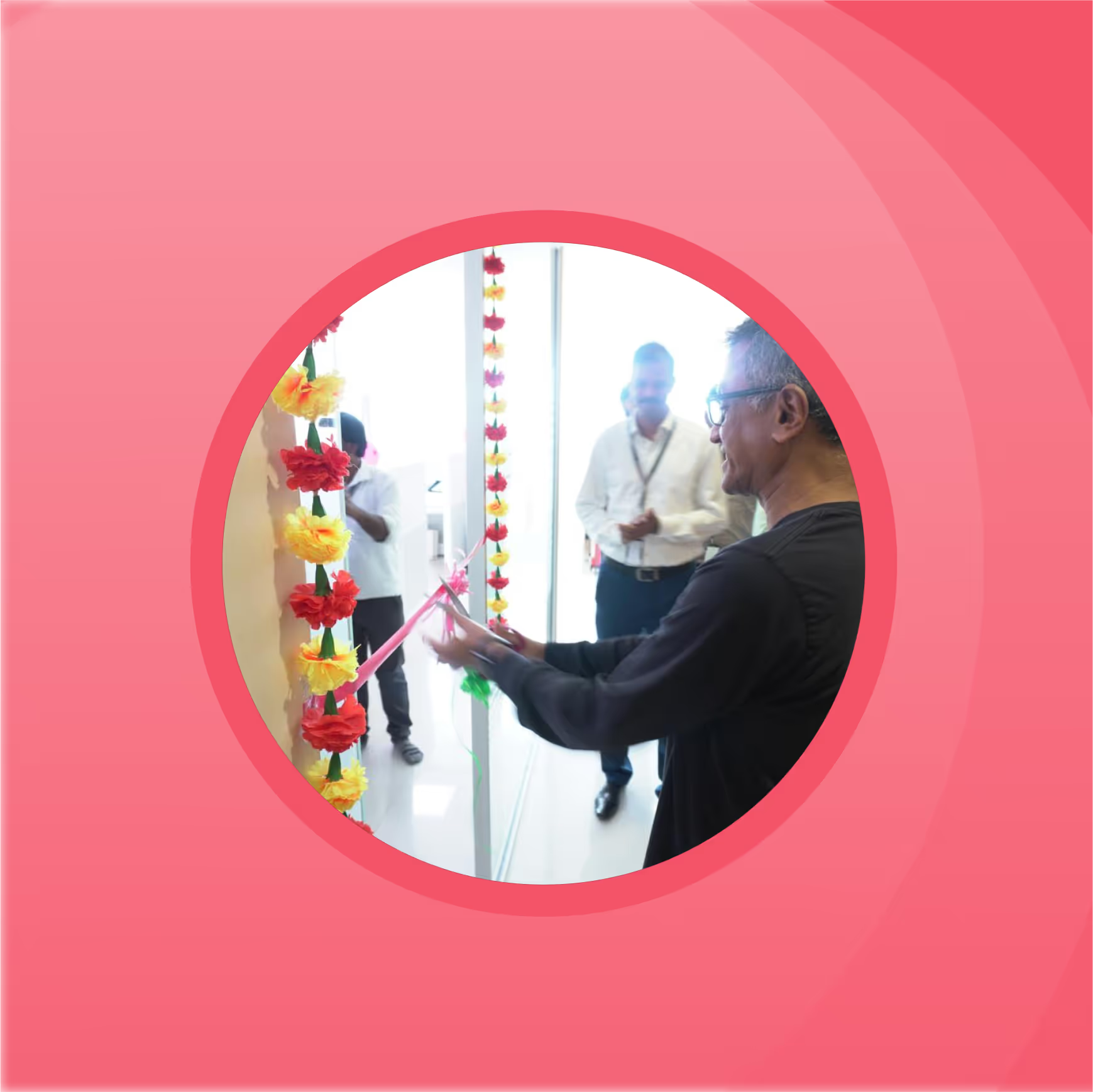Five Cutting-Edge AI Models to Keep an Eye on in 2024
Are you curious about the latest AI technology? Well, get ready. 2024 is shaping up to be an exciting year for AI advancements. In this blog post, I'm going to share five cutting-edge AI models that are worth keeping an eye on.
.png)
Are you curious about the latest AI technology? Well, get ready. 2024 is shaping up to be an exciting year for AI advancements. In this blog post, I'm going to share five cutting-edge AI models that are worth keeping an eye on.
From the language models that can engage in natural conversations to computer vision systems that can analyse and understand complex images, the AI landscape is rapidly evolving. These models are constantly pushing the boundaries and paving the way for new and innovative applications that could bring revolution to various industries.
So, whether you're an AI enthusiast, a tech professional, or just someone who's fascinated, buckle up. This blog is going to give you a sneak peek into some of the most impressive AI models that are making waves in 2024. Let's dive in!
Five powerful models to look at 2024
- Open AI’s GPT4
- Llama 2
- Gemini
- PHI-2
- Mistral 7B
The technology goes beyond text with multimodal AI models, allowing users to mix and match content based on text, audio, image, and video for prompting and generating new content. This approach involves combining data, such as images, text, and speech, with advanced algorithms to make predictions and generate outcomes.
Open AI’s GPT4

GPT-4 is an impressive new artificial intelligence system from OpenAI. It can complete many tasks, like writing and coding. However, we must be cautious as GPT-4 sometimes invents incorrect facts. With proper oversight and fact-checking, GPT-4 can be responsibly utilized. This powerful technology holds much promise if guided prudently. We welcome these advancements while emphasizing the importance of oversight.
- GPT-4 can now process visual inputs like images, representing a major step towards more interactive AI. However, this capability is still limited.
- Performance on exams and language tasks has significantly improved over GPT-3, indicating enhanced capabilities. But some weaknesses remain.
- The model is more steerable, allowing users greater control over its output style and behaviour through commands. Enables more tailored interactions.
Llama 2

Llama 2 is an open-source large language model created by Meta. It functions similarly to models like GPT and PaLM 2. A key difference is Llama 2 is freely available for research and commercial use. This could greatly expand access to advanced AI. Llama 2 was pretrained like other models to generate human-like text. When given input, it predicts a plausible following text. Llama 2's open availability enables more groups to leverage such powerful AI capabilities. Wider access merits thoughtful governance to ensure responsible and ethical use.
- Llama-2 enables creating advanced conversation flows through visual drag-and-drop builders; no coding is needed. Far easier than previous versions.
- Greatly improved natural language processing powers complex queries and intent understanding. Significant enhancement over Llama-1.
- Integrated dialog management tools simplify handling multi-intent conversations. A major upgrade over limited dialog capabilities.
Gemini

Google has developed a new multimodal AI model called Gemini. It can understand text, images, videos, audio, and code. Gemini can solve complex problems in math, physics, and programming languages. This powerful model comes from collaboration across Google teams. Gemini is now available via Google Bard and Pixel 8. It will expand to include more Google products. As a versatile AI, Gemini marks progress in multimodal systems. But responsible governance is still needed for such advanced technologies. Overall, Gemini shows promise if guided prudently for the common good.
Gemini can handle text, images, audio, video, and code, whereas the previous version was limited to text.
- Gemini is capable of reasoning, problem-solving, and creating, which the previous version couldn't do effectively.
- Gemini seamlessly integrates with Google Search, Gmail, Workspace, and more, offering enhanced functionality and accessibility.
PHI-2

Microsoft Research has developed Phi-2, a 2.7 billion parameter language model. It uses a Transformer architecture trained on diverse quality data. The goal is state-of-the-art performance with a smaller model size. Phi-2 builds on Microsoft's previous Phi models. It transfers embedded knowledge from Phi-1.5. Phi-2 aims to demonstrate reasoning ability and general knowledge. Responsible governance is crucial for such advanced AI systems. Overall, Phi-2 represents notable progress in efficient large language model design.
- Phi-2 uses a transformer architecture to predict words, like other modern language models.
- Phi-2 was trained on 1.4 trillion data tokens. It has 2.7 billion parameters, which is considered small compared to other models.
- Phi-2 is very good at language understanding and common-sense reasoning. It outperforms other, smaller models. Microsoft made it to advance AI research.
Mistral 7B

Mistral AI has released Mistral 7B, a 7 billion parameter AI model. It uses innovative attention mechanisms like sliding window attention for efficiency. Mistral 7B achieves strong performance on English language tasks and coding. A fine-tuned version called Instruct outperforms other 7B models on conversational benchmarks. Mistral provides model weights and instructions to facilitate use but lacks moderation. Overall, Mistral 7B represents notable open-source language model progress. However, responsible governance remains crucial.
- Mistral AI represents a major advance in generative AI with its ability to produce human-quality content and solutions. Far more capable than previous models.
- Its conversational responses stand out for containing accurate, up-to-date information. Much less prone to false or misleading output.
- The mobile and browser integration grants easier access to Mistral's powerful AI capabilities. Significantly more user-friendly compared to past solutions.
Conclusion
In summary, 2024 brings impressive advances in AI capabilities. Models like GPT-4, Llama 2, Gemini, Phi-2, and Mistral 7B push boundaries in language, vision, reasoning, and efficiency. However, while celebrating progress, we must pursue responsible AI governance. Powerful models require oversight to address risks like misinformation. If guided prudently, these models can unlock great potential to benefit humanity.



